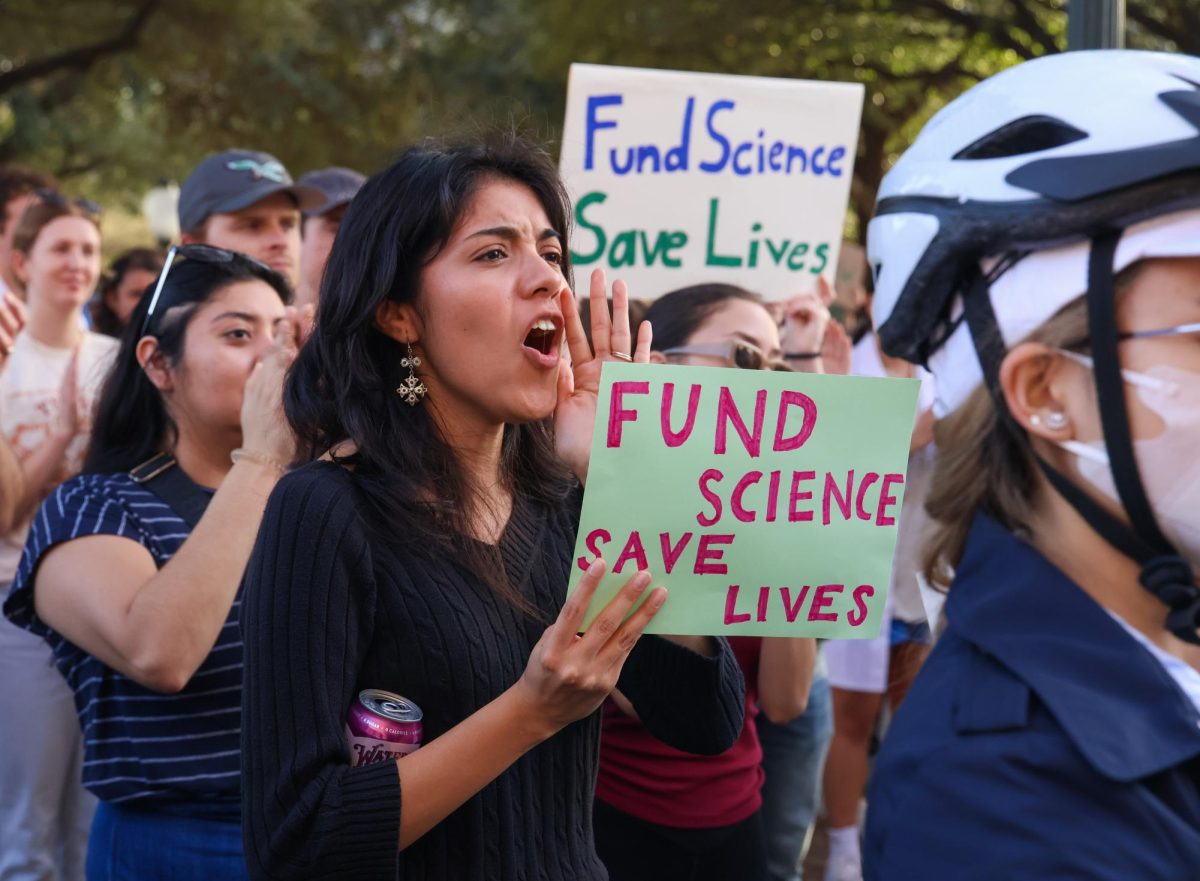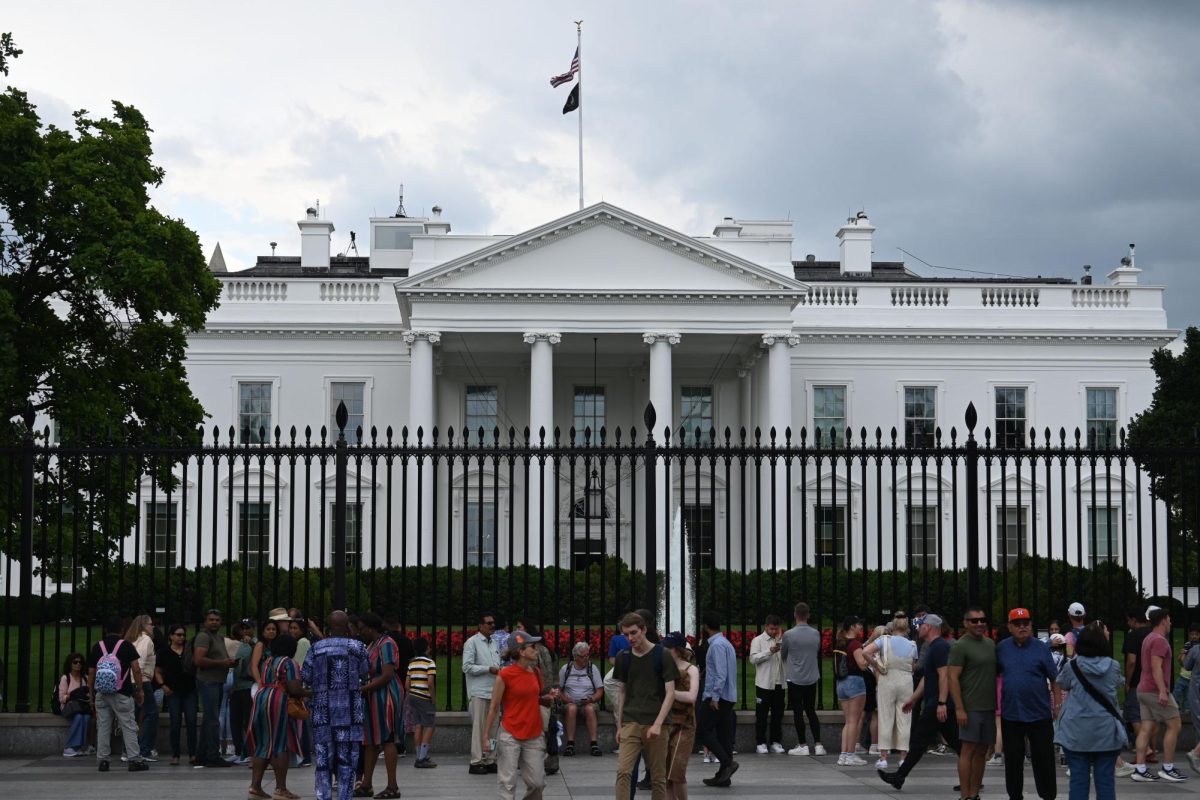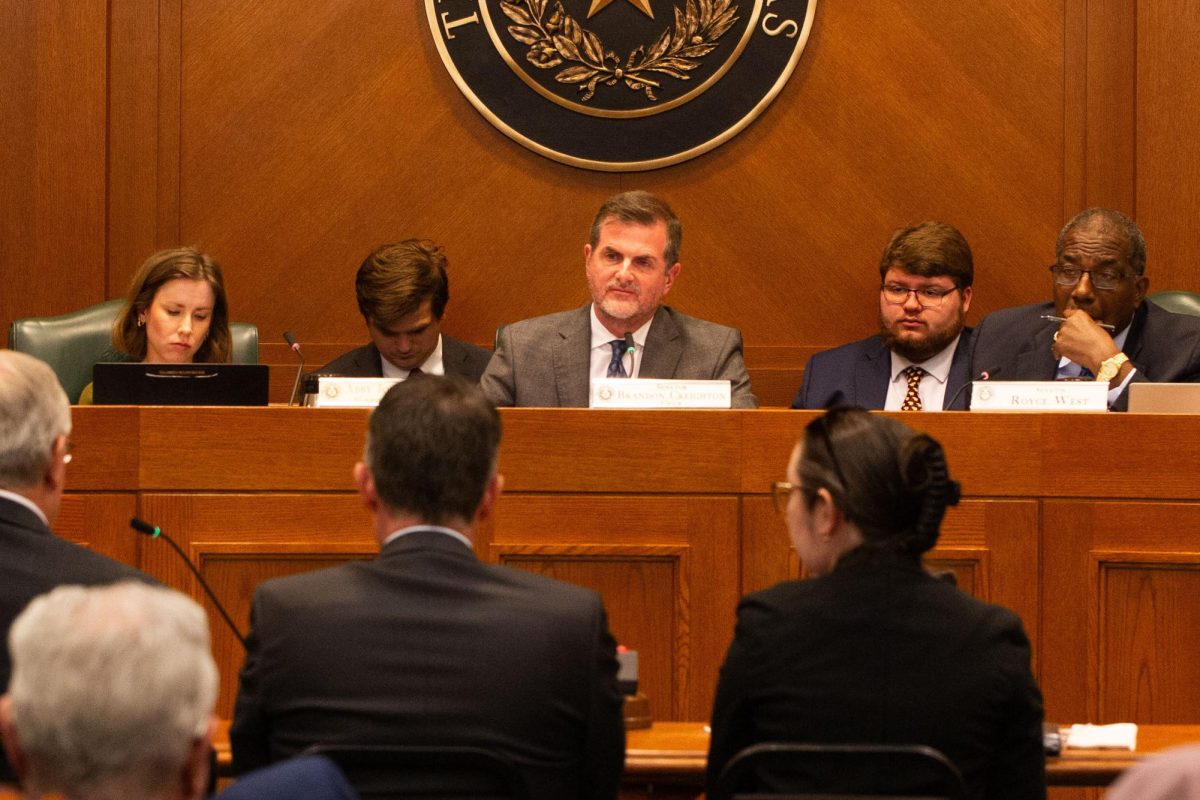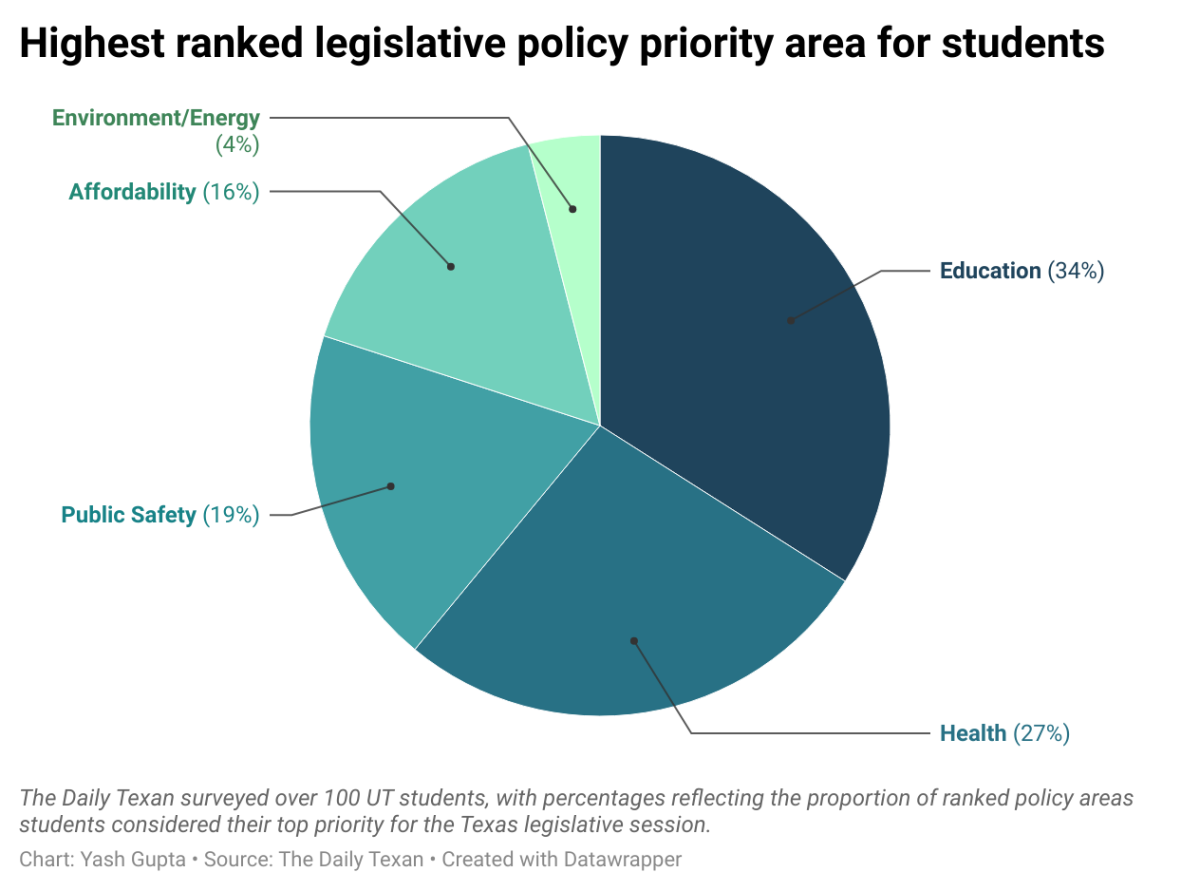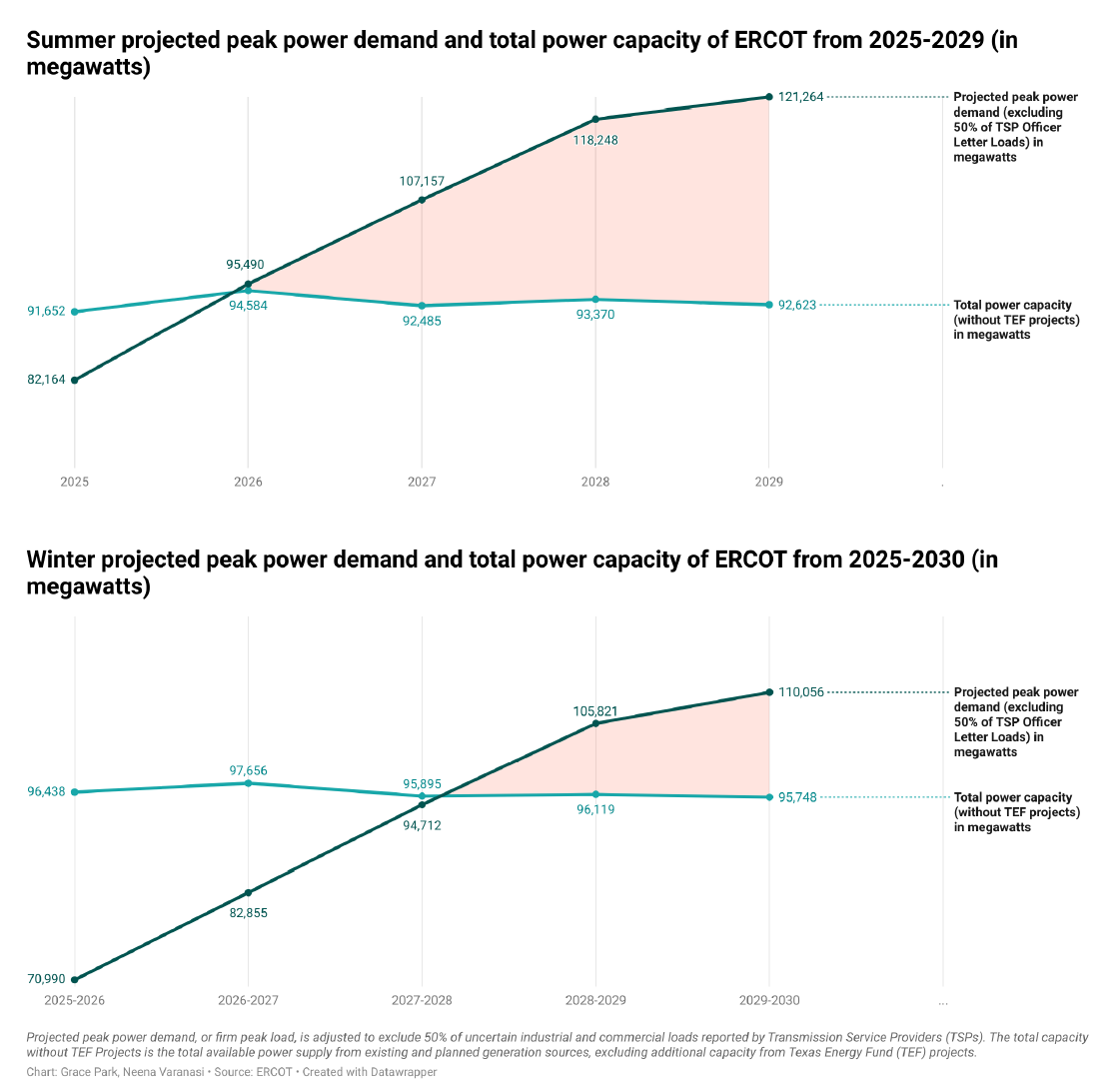Austin drivers are paying less for gas this month, but filling the tank is still emptying pockets quicker than it did last June.
Gasoline prices in Austin are down more than 20 cents per gallon since last month but remain nearly a dollar more expensive than this time in 2010.
According to the AAA’s Daily Fuel Gauge Report, a gallon of regular gasoline in Austin currently costs $3.60. This is a marked decrease from last month’s $3.82 per gallon, but remains high in comparison to last June’s $2.63.
Other Texas cities see a similar pattern, with gas prices dropping but still about a dollar higher than June 2010. The current national average for a regular gallon of gasoline is $3.75, a decrease from last month’s $3.97 but an increase from last year’s $2.72.
According to the U.S. Energy Information Administration, 69 percent of gasoline costs come from the cost of crude oil, while taxes, distribution and marketing, and refining make up the rest.
The administration pinpoints the cost of crude oil as the most influential factor in the price of gasoline. In 2008, gas prices peaked with a national average of $4.11 per gallon of regular gasoline as demand grew faster than suppliers could provide. Since then, the weakening economy and subsequent decrease of demand has led to current rates, according to the AAA report.
“It really does base itself on supply and demand. We’re drinking about a tanker every thirteen minutes,” said professor Scott Tinker, director of the Bureau of Economic Geology in the University of Texas.
He said a tanker amounts to about 50 Olympic-size swimming pools.
Concerns about reduced supply often lead to jumps in price, Tinker said. The Organization of the Petroleum Exporting Countries, OPEC, is a primary actor in determining the price of crude oil as its members produce about 58 percent of the world’s supply, according to their website.
“Political turmoil in the oil supply areas — most notably the Middle East of late — causes prices to go up,” geological sciences professor Charles Groat said. “They also go up when domestic production is threatened as it was during the moratorium on offshore drilling that followed the BP Macondo oil spill.”
According to the Energy Information Administration, other factors that reflect price differences between states and regions are tax policies, distance from refineries, refinery maintenance issues and competition between gas stations.
As gas prices increase, drivers must adapt to the higher cost of transportation.
“I have to live week by week and put in 10 dollars at a time,” human development and family sciences junior Devon Debord said.
Debord has also reduced her gasoline usage in smaller ways such as opening her car windows instead of turning on the air conditioning.
Debord said there are benefits to wholesale store clubs that offer discounts to members who use their gasoline pumps.
Tinker said the price of a gallon of gas is still “remarkably affordable” when compared to what the same amount of other more easily obtainable liquid products, such as milk or water.
“There’s so much that goes on to get that gallon of gasoline to us that’s very expensive and very risky,” Tinker said.
Originally printed on 6/9/2011 as Gasoline prices, decline, far from low





